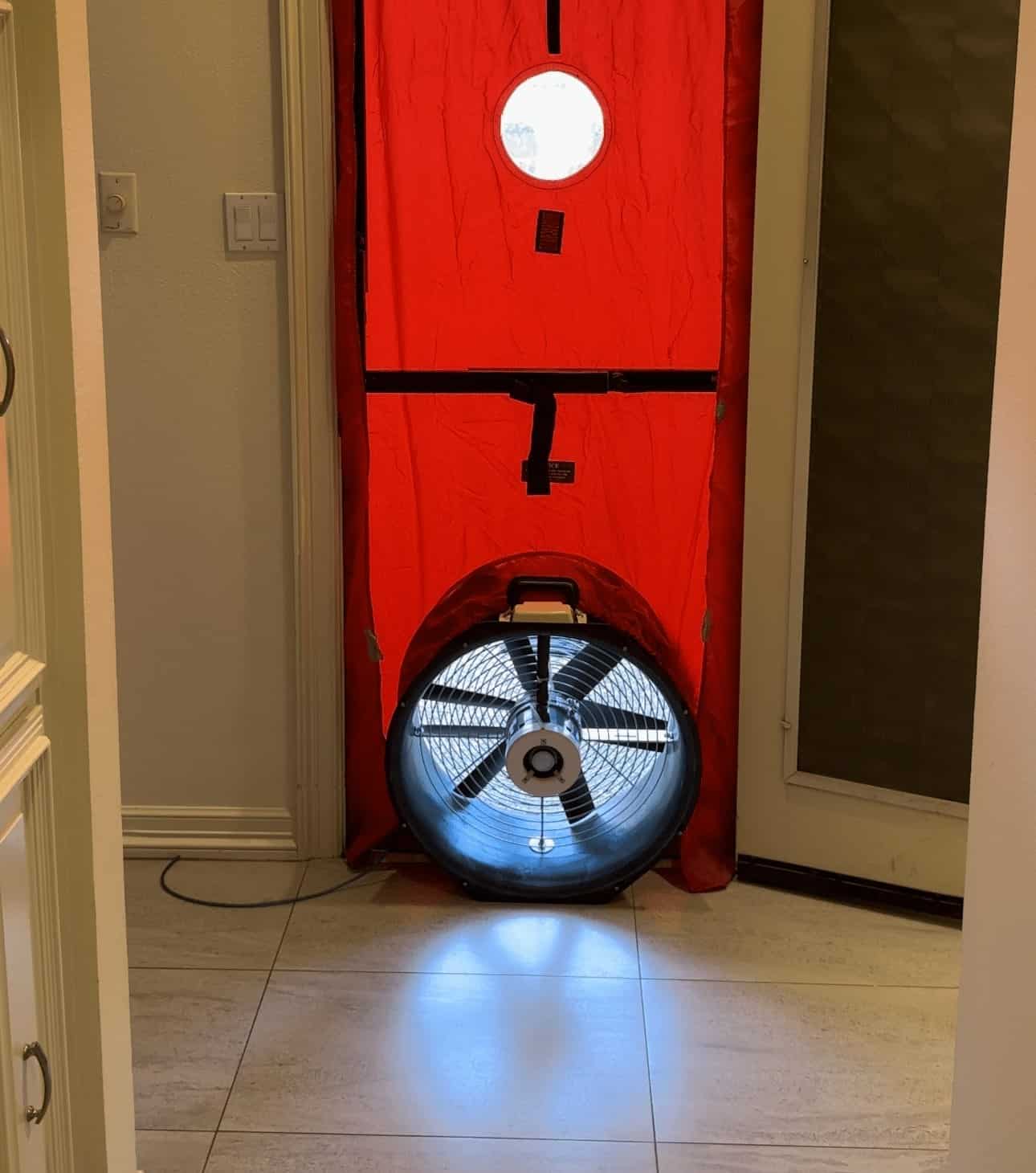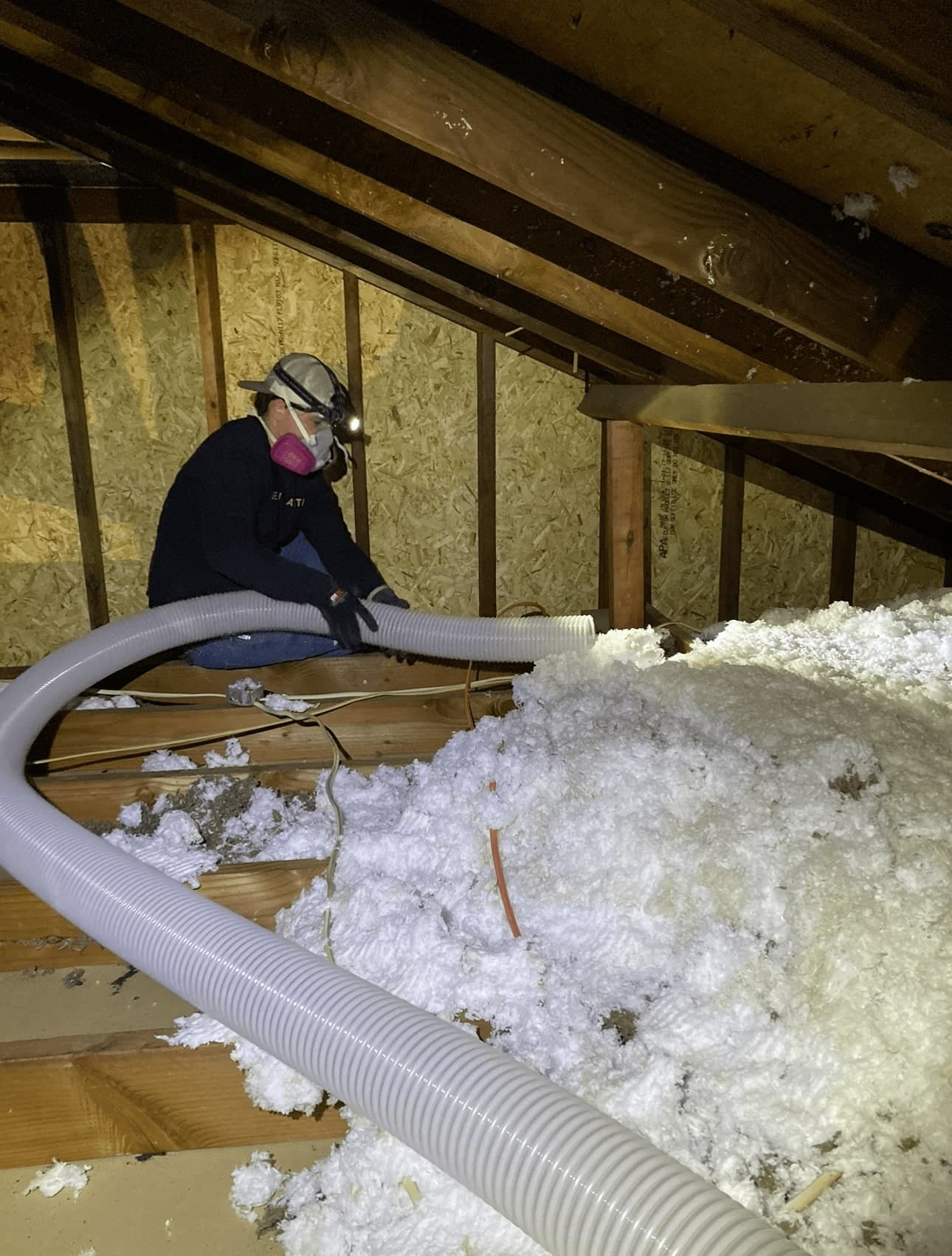What Does Green Attics Do?
Green Attics Fundamentals Explained
Table of ContentsHow Green Attics can Save You Time, Stress, and Money.Not known Facts About Green AtticsThe Best Guide To Green AtticsThe Definitive Guide to Green AtticsGreen Attics Things To Know Before You Get ThisNot known Details About Green Attics Green Attics for Dummies
Building codes require that air rooms between chimneys and floor or ceiling settings up via which they pass be secured with a non-combustible fire quit (see Number 5-3 and Figure 5-4). There is typically a void in between the party wall surface (such as the common wall between systems in duplexes, triplexes and row houses) and the edge of the attic flooring.
A hefty polyethylene sheet which is caulked with acoustical sealant and stapled to the ceiling frames the electric box. An electrical cord diverts from the electrical box and down through a hole into an indoor wall. Openings around electrical wires are full of caulking or foam sealer, and caulking seals spaces along the top of the indoor walls.
After air securing, attic ventilation is your 2nd line of support against the water vapour that may have found its means right into the attic. It ensures a chillier, well-vented attic space less vulnerable to the development of ice dams at the eaves.
Green Attics for Dummies
You may have to find roofing system or soffit vents from outdoors if they are not clearly visible from inside the attic room. Homes with peaked roofings and easily accessible attics are the simplest to vent by using the ratio of 1 to 300. This proportion refers to unblocked vent area to the shielded ceiling area.

The adhering to Parts information the best strategy depending on your attic room kind. After you have evaluated the attic and carried out any remedial work, focus initially on air and moisture control.
The 8-Minute Rule for Green Attics
On the other hand, spray foam offers air securing and a preliminary layer of premium quality insulation that can be topped as much as the desired RSI (R) degree. If the attic retrofit is being completed together with interior improvements, the easiest method is to mount a brand-new, solitary air and vapour barrier on the bottom of the ceiling joists.
The primary problem with this technique involves securing the obstacle to the wall top plate, specifically at the eaves where there is little room to manoeuvre. This area has to be well sealed. Spray foam or stiff board insulation can aid connect the space in this area. Cut inflexible board to fit between the ceiling joists and to extend from the outside wall surface leading plate toward the attic room. Solar attic fans.
Eliminate existing insulation from the area you are dealing with and set it away. Cut foam boards to fit snugly between the trusses. Caulk all sides, gaps and joints, see Figures 5-10 and 5-13. Blockages, such as electrical cables, will certainly require cuts in the obstacle; seal these carefully to make the obstacle continuous.
Spray foam professionals can set up closed-cell foam between the joists to air seal and add insulation at the exact same time to the ceiling. All existing insulation and dust need to be eliminated initially to enable for a great bond.
The Green Attics Statements
(https://www.bitchute.com/channel/0Ah06AD5B09L)
This eliminates roofing venting and develops what is called a warm roofing, where the attic room area enters into the conditioned (warmed and cooled) residence area. This procedure may be ideal for some attics, but do not continue without approval from your building assessor, and after that just make use of a certified linked here spray foam specialist who is familiar with the procedure.
If there are obstructions above the joists, such as with a truss roof covering, it may be most convenient to place batt insulation right into the joist spaces and after that utilize loose-fill insulation to produce a full covering of insulation above the joists and around all obstructions. Loose-fill insulation is also great on its own, specifically in uneven or obstructed spaces.

Little Known Facts About Green Attics.
Use baffles between each rafter space to stop it from being blocked (see Figure 5-11). Insulate over and listed below cross bracing, splitting or reducing the batt to accommodate the cross bracing as shown in Figure 5-12. Conversely, cut one batt right into a collection of wedges and after that fit a wedge under each brace.
The very first layer of batts must be thick sufficient to totally fill up to the top of the joist room. The second layer can after that run perpendicular across the joists to block any type of warm circulation with and around the joists (see Figure 5-13). Air conditioning repair. Make sure that there are no voids between the 2 layers of insulation
Begin at one end of the attic and unroll the covering. Number 5-11 Baffles can be utilized to preserve air flow through the soffit vents Text version Cutaway of baffles in between attic room roof joists with arrows indicating air movement taking a trip from the exterior, through a vent in the ceiling overhang, and over the baffles.
All About Green Attics
Number 5-13 The top layer of insulation runs perpendicular down layer Text version Image of layers of batts of insulation in between and above attic room joists. Batts in addition to joists are perpendicular to batts between joists. A polyethylene sheet is laid under both layers of insulation and connected to the top of attic room joists by caulking and staples.

If the loose fill is much deeper than the joists, construct insulation framework (a baby crib) around the attic room hatch to make sure that it can be filled up to the side (see Figure 4-7). The bags of insulation product will certainly list the number of square metres (or square feet) each bag should cover to offer the needed RSI value.
Green Attics for Beginners
If you are having a contractor do the job, calculate the RSI value that you want and examine the bags of insulation to be utilized. They ought to suggest the area that bag will cover at the picked shielding value. You and the professional must then concur on the overall number of bags to be utilized, the expected insulating value and the minimal settled deepness of insulation throughout the attic room, based on a particular thickness.